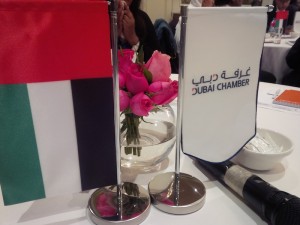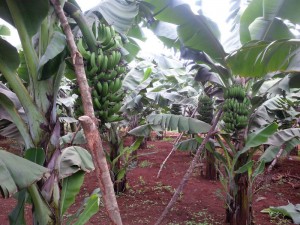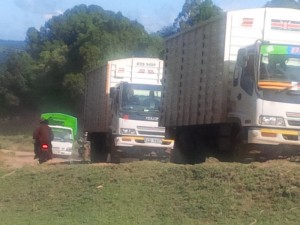Many people in Nairobi and other towns and in the diaspora are ‘telephone farmers’. These are people who own or have bought, or inherited land, buildings, equipment on rural farms that they now support. They send money a few times a month for salaries and for operations of agricultural ventures that never seem to have any significant payback.
The owners probably read the Saturday newspapers with envy as they see other farmers holding up rabbits, bananas, watermelons or other bounty from their farms which earn them thousands of shillings every week or month.
The difference between them and the typical telephone farmer is that they are active investors as farmers, not passive which is what a faraway telephone farmer is. That leads to the first point about telephone farming.
- The goal of telephone farming is asset preservation, not income generation, and doing some economic activity on a distant farm protects it from invasion by squatters or grabbers.
- The social aspect: Telephone farming sustains the local community; it keeps a line of communication open and allows for the community to have a stake in the preservation of the asset as they go about their business. The picture (above) depicts what should be a banana farm, but clearly, the beans the workers are growing in the same field are doing much better. There might be pilferage, misuse of equipment, or other losses: but they should be within tolerable limits and not erode the underlying assets.
- The costs of farming are much lower for telephone farmers compared to other businesses investment in urban areas. E.g. labour costs are much lower: an amount of Kshs 2,000 is a salary on many farms, but that could be an electricity bill in Nairobi.
- A good rule of thumb for the telephone farmer is to be present at the farm during major operations like planting and harvesting.




